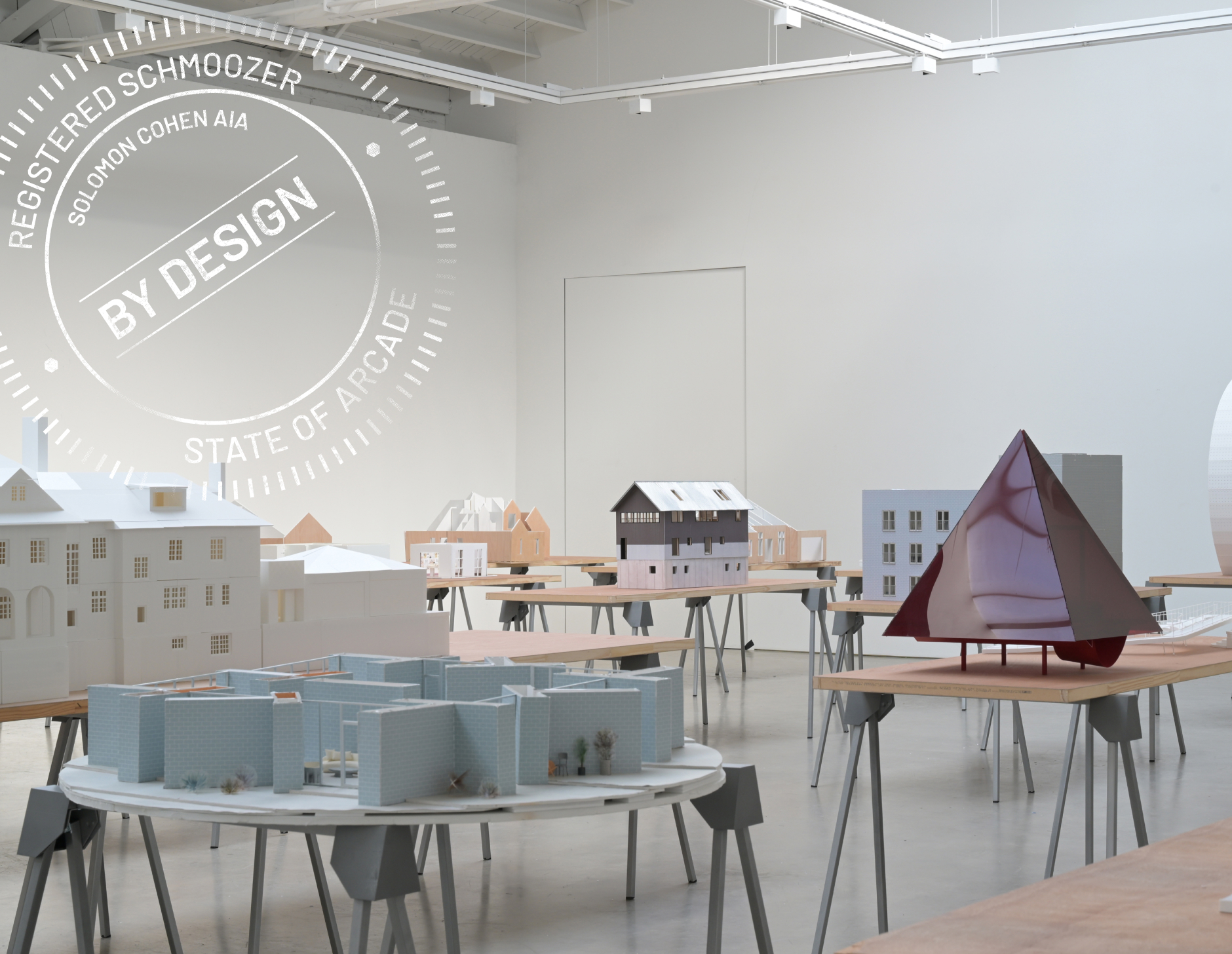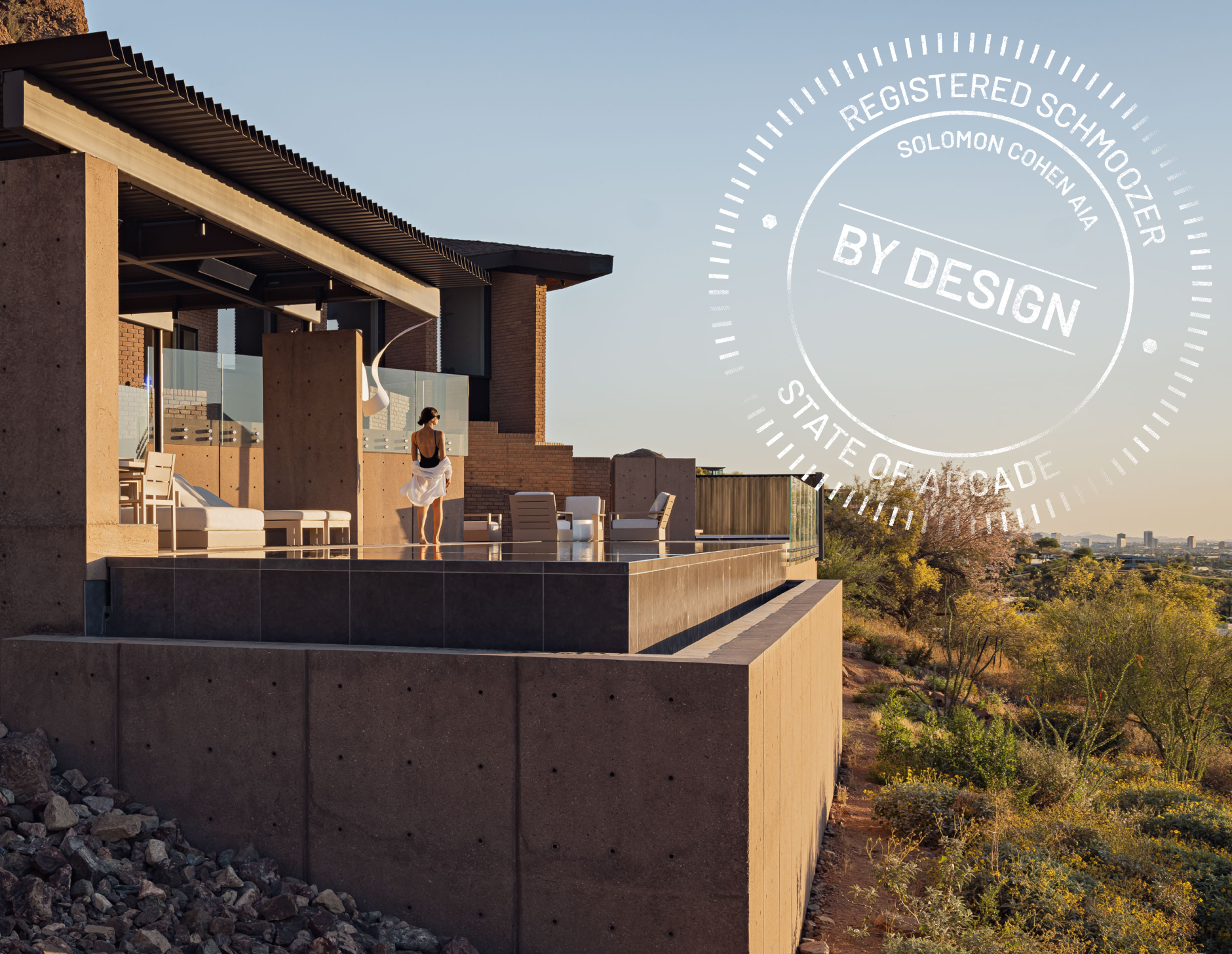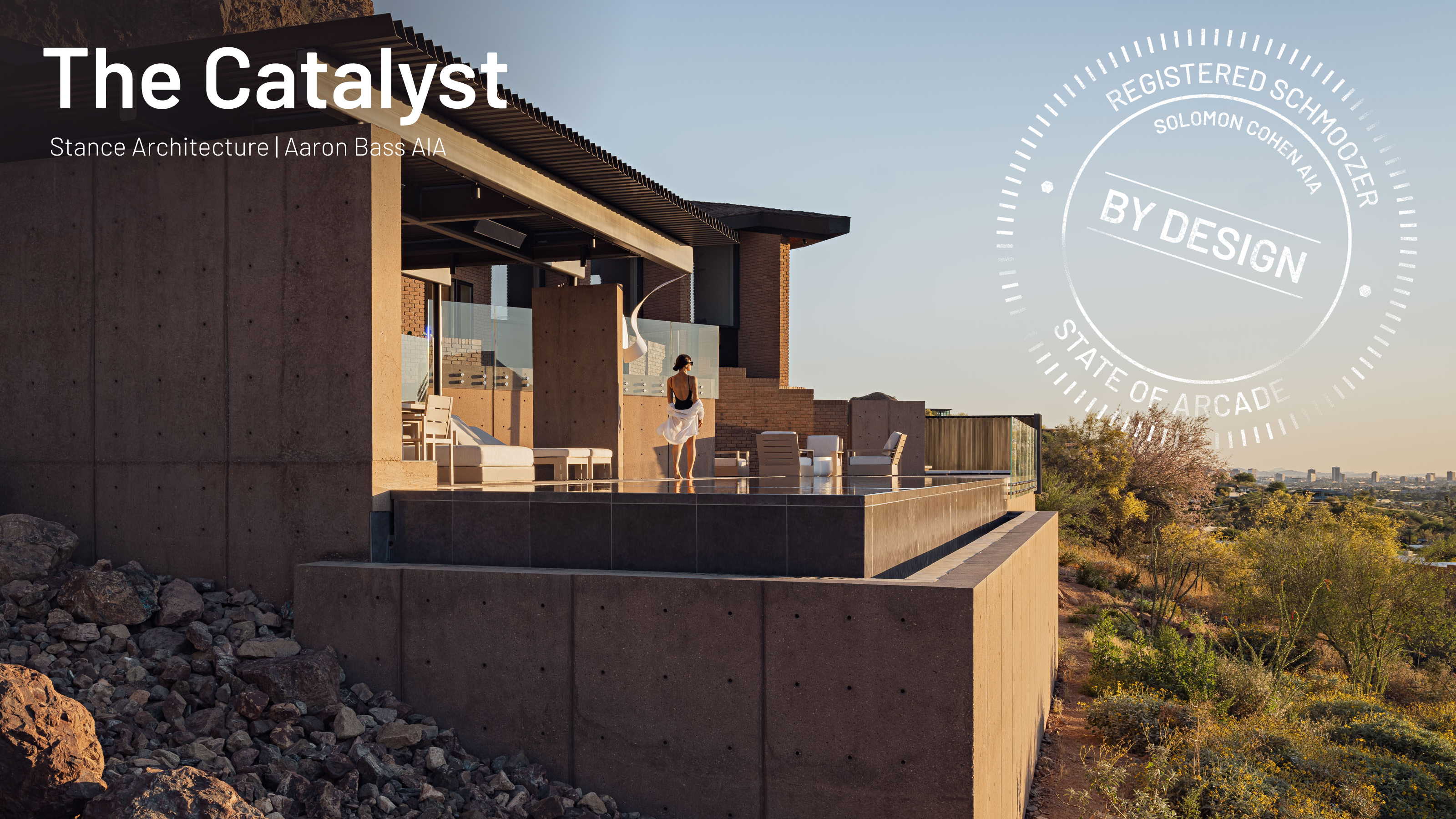
Architecture is a slow profession. The work is long, the payoffs distant, and the fruits of your labor are always just out of reach. Like many young architects, I spent my first decade in the field wondering what practicing on my own terms would look like. Who were the clients I wanted to serve? Which project types motivated me? What places, materials, and ideas were worth exploring? Every job became a lesson—about craft, communication, and what I did (and didn’t) want my day-to-day to look like.
Ten years in, I filed for an LLC and started saying yes to small projects, and earlier this year, I made the jump to full-time solo practice. It’s been equal parts terrifying and exhilarating. But most of year one has been about reaching out. Chasing new work, building relationships, and learning when to ask for help. Sometimes that meant advice about insurance or contracts. And sometimes it’s just asking someone further along how they got there. That’s what By Design is about.
This series follows conversations with architects and designers around the country, at different stages of their careers, about the realities of running a practice. Each entry is a chance to reflect on what it means to build a studio—creatively, logistically, emotionally. Whether you're a student, a young designer, or a seasoned veteran thinking about what’s next, I hope you find something here.
The first piece features Aaron Bass, AIA—Principal of the Phoenix-based Stance Architecture. We talk about what led him to launch his firm, how fabrication drives much of the studio’s design process, and why running a business requires just as much intention as designing a building.
Indulge.
* * *
SC: What led you to start Stance Architecture?
AB: I had this idea about the relationship between art and architecture. Using available materials. Harnessing computation and digital fabrication. I was interested in changing spaces with seemingly outlandish ideas. Stance allowed me to test that thesis.
I also had a good friend approach me to do a multifamily project. It felt outside my league at the time, so I declined. Then I was diagnosed with cancer and disappeared for a bit. A little while later, he checked in on me. I was recovering and moving forward with Stance, so he pushed me to do the project. I decided to go for it, so that was the start. An opportunity from a close friend who believed in me.
That was the Polk Bungalows. I worked on it after hours while I was still at Chen Suchart Studio and studying for the AREs. It was kind of crazy, after being sick, figuring out how to balance work and life. It’s honestly a farce. Owning a practice is a major part of who you are, especially early on, so I don't believe in work-life balance. There’s no such thing. It's just life.
SC: What were your initial goals as a founder, personally and professionally?
AB: I was super resistant to traditional practice. I wanted to push against that thinking. My therapist would say that's my biggest problem: resistance to shallow fillers. But if we thought more about these issues, if more care was taken, I think people’s experience in our buildings and cities would be way better.
Art has always been important in my life. Working alongside craftsmen, you get to approach the work as an artist in the classical sense, where you have an atelier of these wicked artisans who can transform raw materials into something exquisite. Being an architect, you're orchestrating it like some of the masters. You can describe the hell out of something in a spec, but their experience and attention to detail allow us to reach solutions that often exceed my expectations.
SC: How has your education and early work experience shaped the firm’s foundations?
AB: Before architecture, I was an urban planner for about five years, which allowed me to understand how cities work. But I hated being in those meetings and writing zoning documents, so I quit to pursue architecture.
After 3 years at the University of Arizona, I went to work for one of my old professors and mentors, Tommy Suchart. I was the first employee at Chen Suchart Studio. His design knowledge and approach taught me that you can be kind and get what you want without stepping on your collaborators.
SC: How did your expectations of running a firm compare to the realities?
AB: You have this image of spending your time pushing designs forward, but I've learned that design is maybe 20% of it. It’s challenging if you don’t commit to developing the business. Understanding contracts, running meetings, financial literacy, tracking hours, buying the right insurance. There are just so many things. It's a massive part of your day-to-day. Design happens outside all of that.
I’ve also loved stepping into the developer role. Architects have a huge advantage over other developers in town. They have to pay for design services, but we're already set up to do those tasks. Those savings can be your whole profit margin.
SC: Was there a project that helped shape or reinforce your approach?
AB: Line + Plane. It’s just a backyard renovation for a great attorney client. He came to us asking for a pool, but the process revealed he might want some shade too. He agreed, so we went for it.
At its core, it’s so basic—just two concrete walls with a roof plane floating above. Seems simple, but it was challenging. There's concealed plumbing and electrical. There's a complicated roof structure to carry. Getting the snap tie layouts and the exposed aggregate exactly how you want them. We're specifying round rock mix sizes from a specific plant. We get that detailed. Fabrication drives everything for us. We’re constantly figuring out how to build stuff. That's the best part.
SC: Now that you’re well into your first decade of practice, have you thought about what you hope to accomplish moving forward?
AB: I would’ve been happy just to make it to five years at first. The funny thing is, when five years came, I was too busy to even think about it.
In the future, I’d love to grow our team. To have more support staff, more finance people. It would be great to do more of that in-house. We’re a small office right now, but we can do a lot. We’re doing hotels. We have 45 villas being built in Scottsdale. We’re punching way above our weight. But if I need three more people to do a tower, let's do it. I would love that.
SC: What’s been the most frustrating about running a practice?
AB: Coordinating with cities. We spend a lot of time explaining to our clients why permit applications take so long. It all equates to dollars and cents. They have things they'd rather be spending their time and money on. We're competing with their trip to Europe. And this broken process is just getting longer and longer. The politics are so draining.
SC: If you could go back and give yourself one piece of advice, what would it be?
AB: Be more open to receiving criticism. Instead of fighting it, use it as motivation. I like to fight back, but I’ve learned to be more receptive. I was way more closed off when I was younger.
I’d also say just have fun. I forget that sometimes. I get worked up and have to take a walk to calm myself down. Like, why am I so mad? It's just a building. This isn't heart surgery. It's not the end of the world.
I just have to pick my battles. To learn when to stop. When to compromise. Maybe the half-inch steel plate detail I’m insisting on can be done in quarter-inch and have the same impact. Is it just an ego thing? Do I just want it because I never get it?
SC: Good questions for the therapist.
AB: Exactly.
* * *
I’m grateful to have Aaron here in Phoenix to look to for guidance. His energy is contagious, and his refusal to gate-keep is a real gift—for the young designers in his office and for folks like me who get to watch his team cook. A trailblazer who offers a clear, honest roadmap for carving out a path of your own.

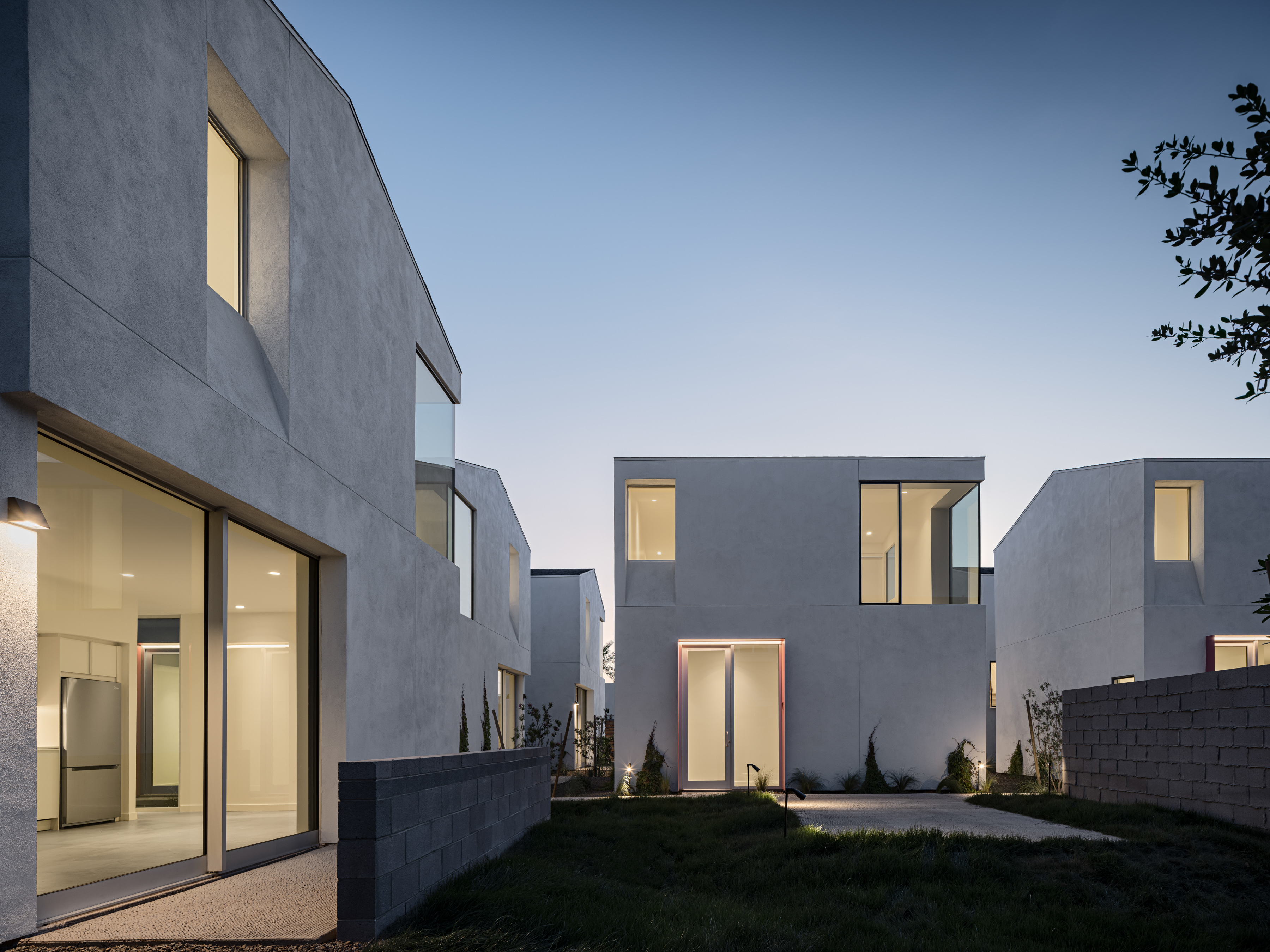
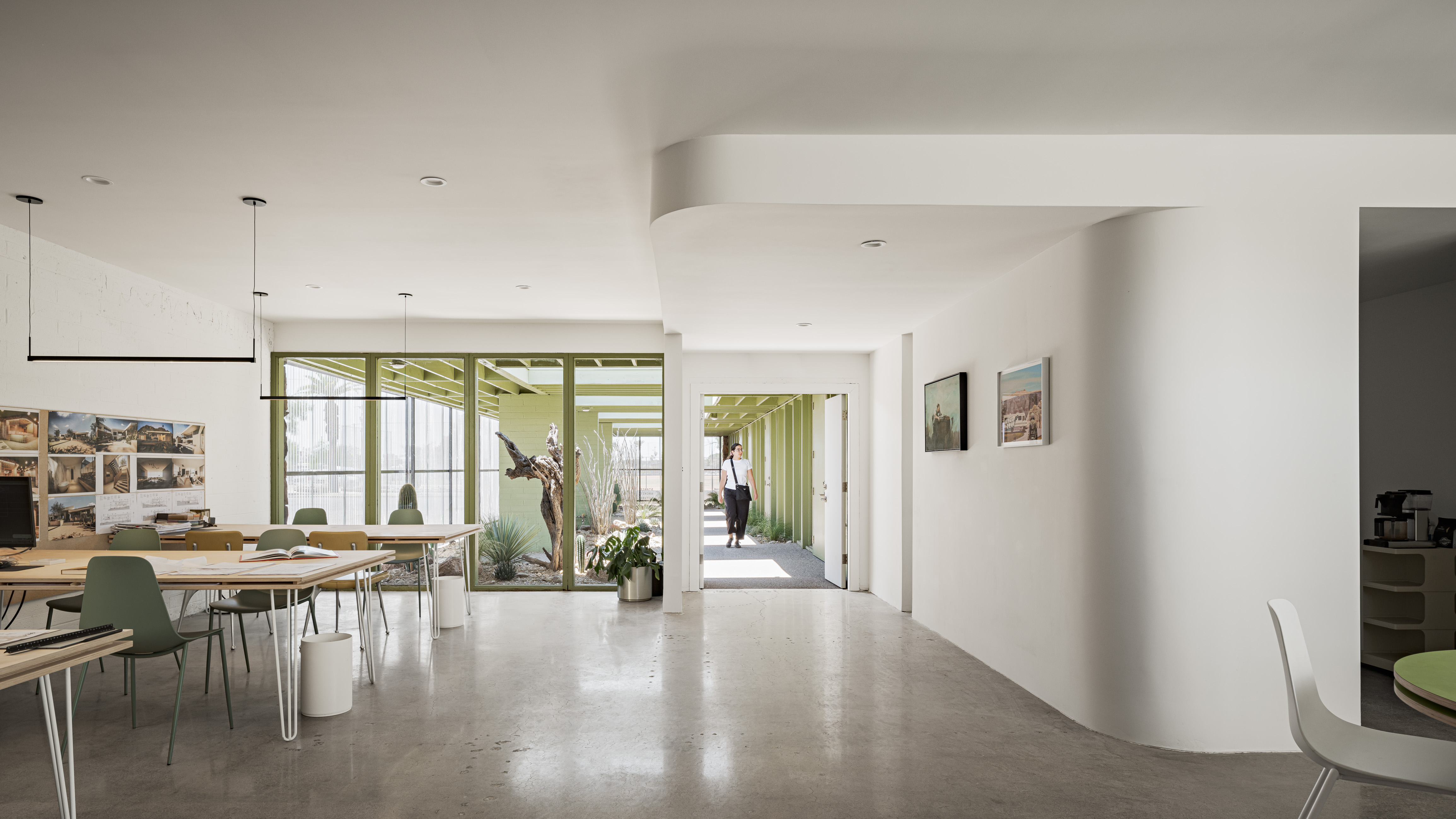

.jpg)
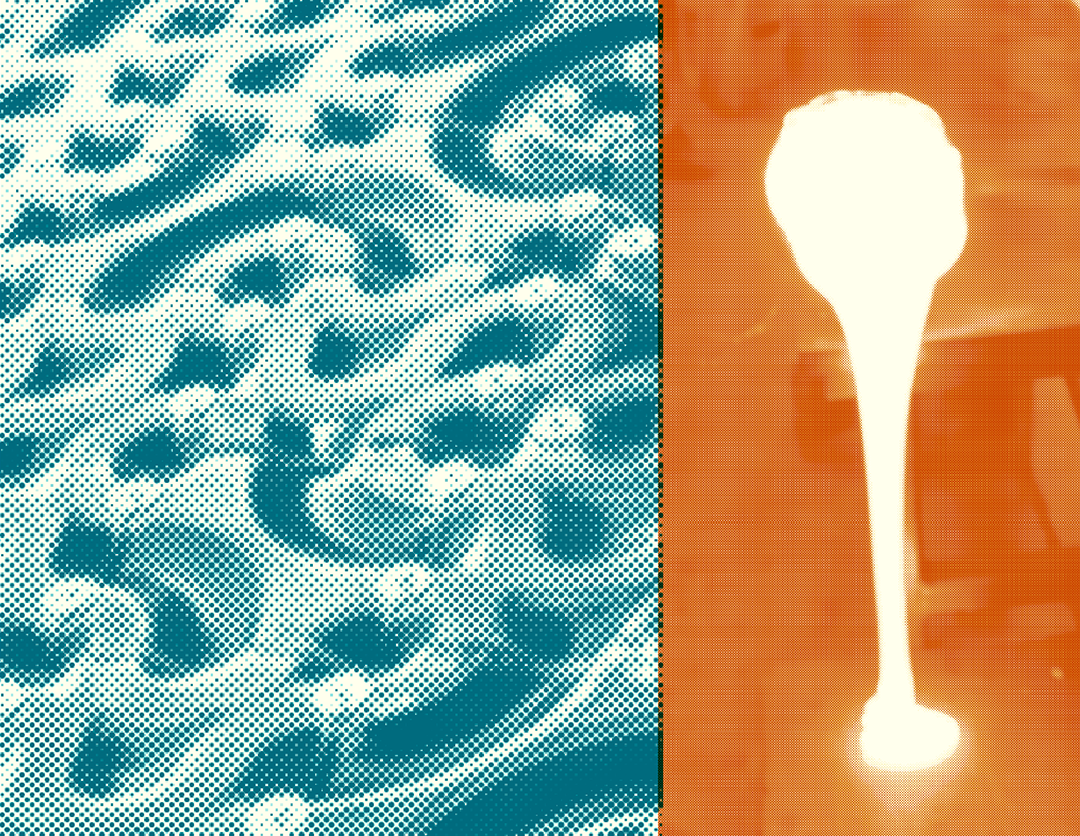

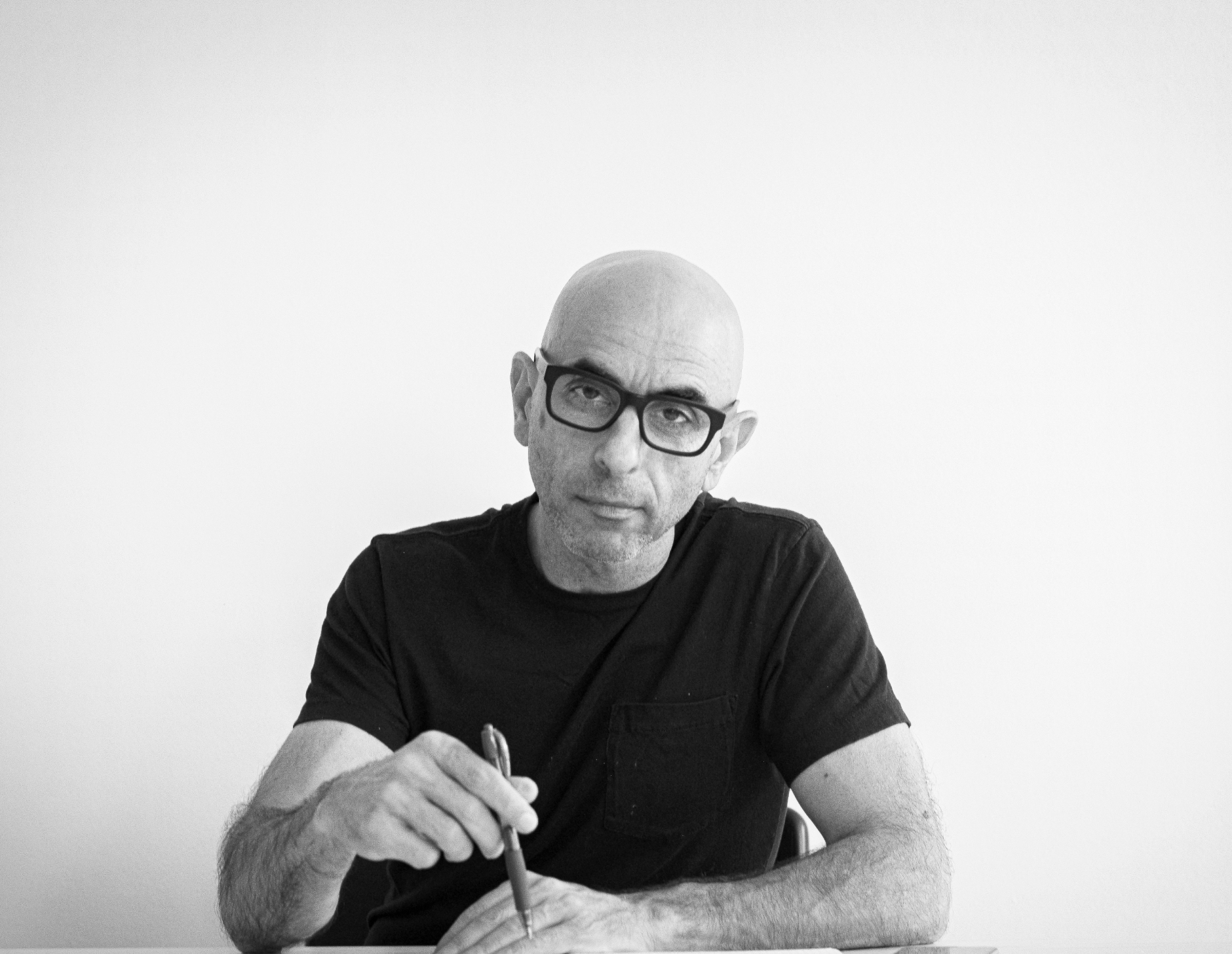
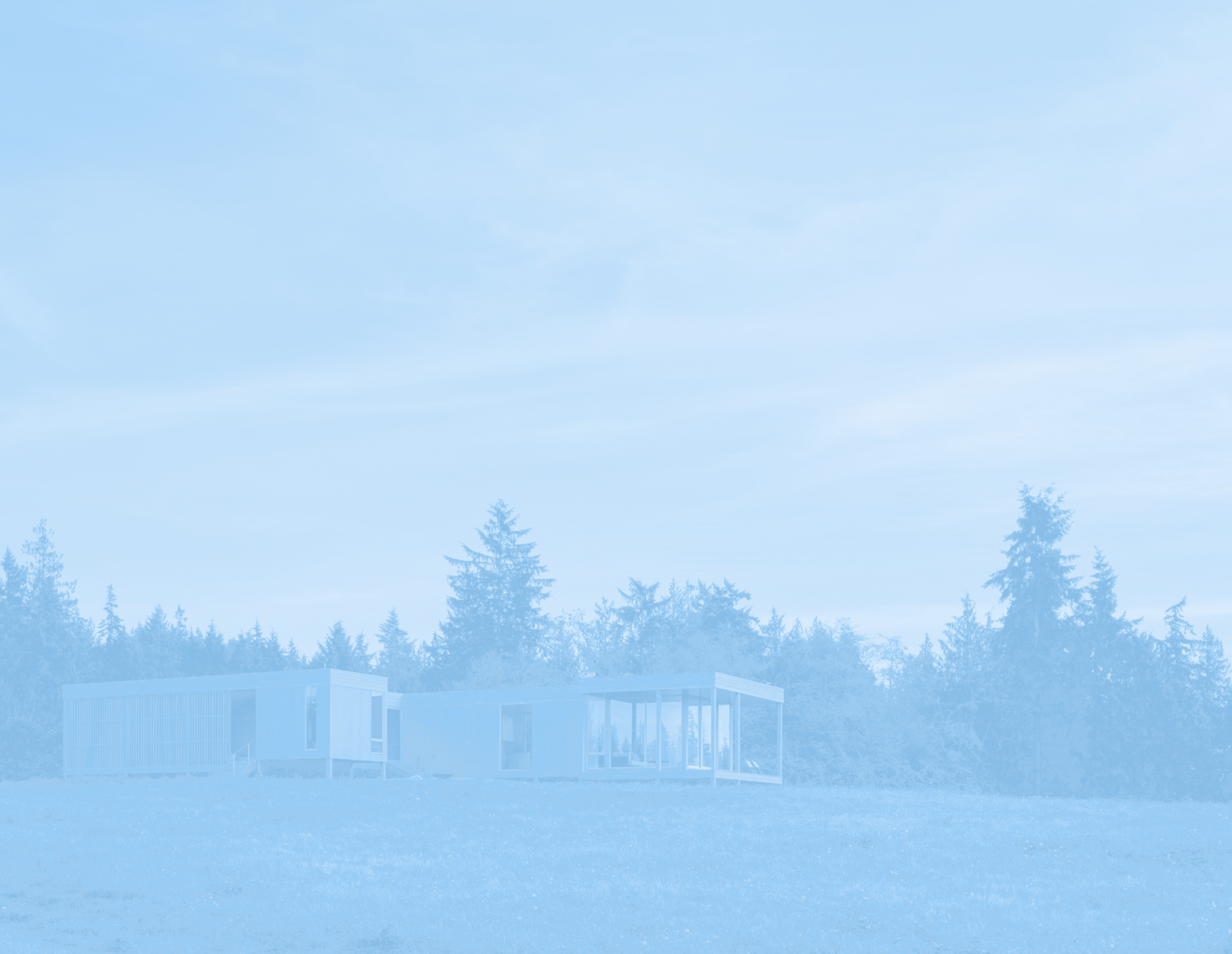

.jpg)

.jpg)
